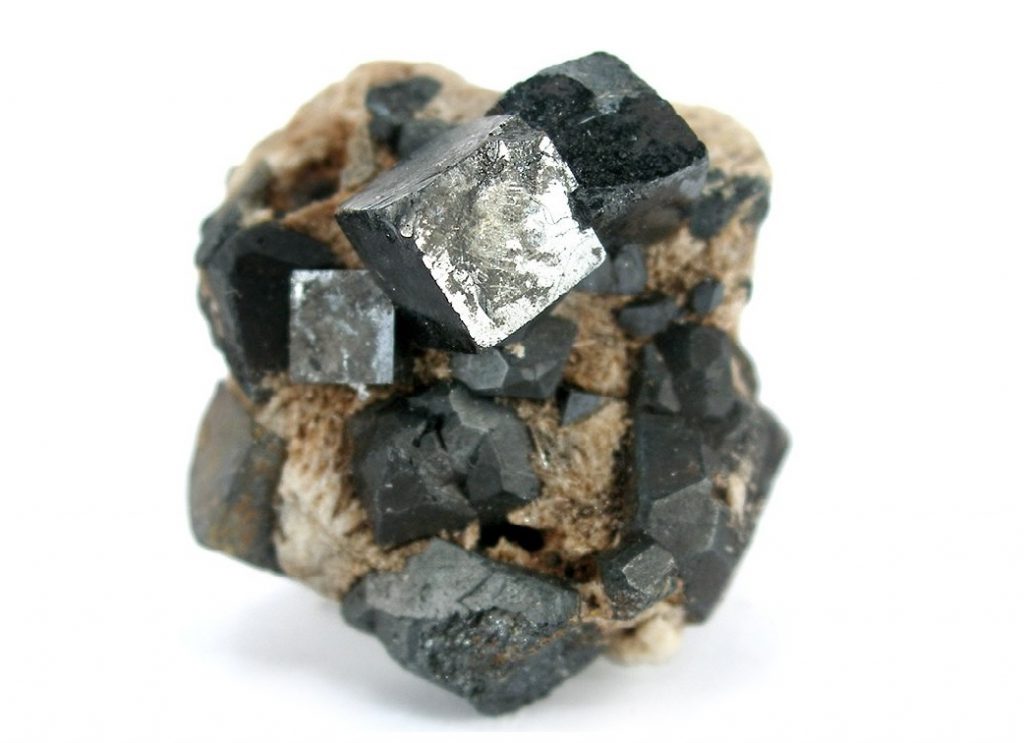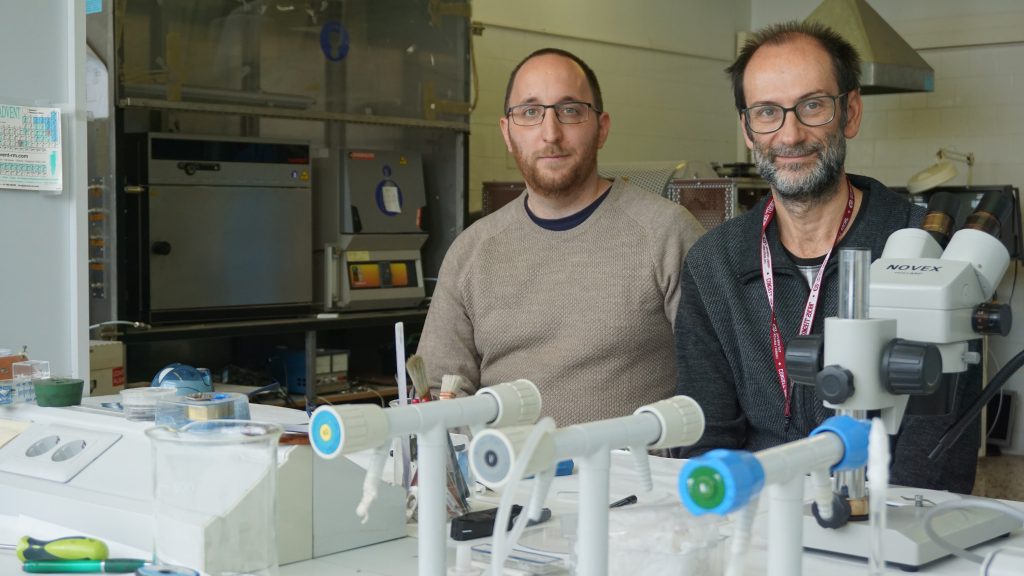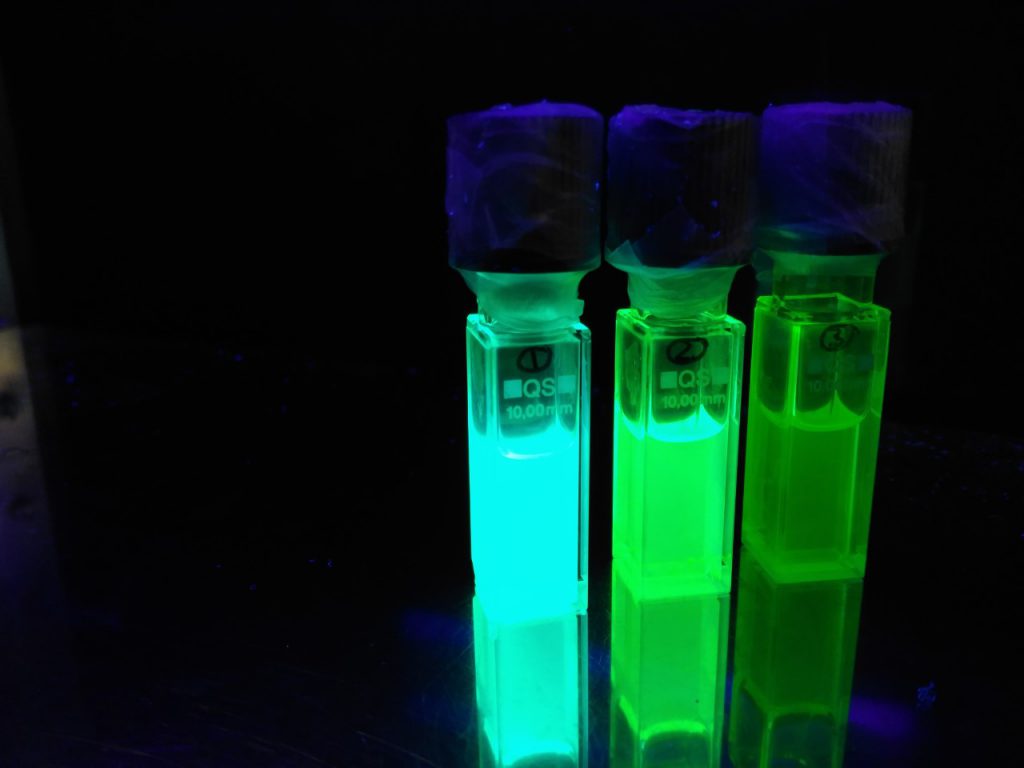29/04/2020
Researchers design a nanosensor that improves sensitivity by 300% and the durability of the existing systems
It is made with a hybrid material consisting of graphene and perovskite nanocrystals and has proved to be more cost-effective, reliable and sustainable than the alternatives existing today

It is made with a hybrid material consisting of graphene and perovskite nanocrystals and has proved to be more cost-effective, reliable and sustainable than the alternatives existing today
Nitrogen dioxide (NO2) is a toxic compound that can only be detected in very low concentrations. Finding it poses a huge challenge, especially selective detection of this compound, because in the air, there may be other gases in higher concentrations making it difficult to identify. Now, a research team from the Universitat Rovira i Virgili in collaboration with the Instituto de Tecnología Química, joint research center of the Universitat Politècnica de València (UPV) and the Spanish National Research Council (CSIC), has designed a nanosensor able to detect a very low quantity of nitrogen dioxide in the atmosphere. In addition, it improves the reliability and sensitivity of existing sensors by 300%. This research, published in Sensors journal, is a step forward in the development of this kind of devices made of carbon nanomaterials.
The research team, led by Juan Casanova and Eduard Llobet, belonging to the Departamento de Ingeniería Electrónica, Eléctrica y Automática at the URV, worked with two materials. First, they used graphene, which is very hydrophobic—water and moisture-resistant—and quite sensitive in gas detection, but with some limitations: it is not very selective and its sensitivity declines over time. Moreover, they used perovskites, a crystalline-structure material commonly used in the field of solar cells. However, they quickly deteriorate when they are exposed to the atmosphere. That’s the reason why they decided to combine perovskites with a hydrophobic material able to repel water molecules such as graphene, in order to prove they can prevent or slow down their deterioration.
“This graphene and perovskites hybrid resulted in a material that can more sensitively detect these kinds of gas. Perovskite alone eventually deteriorates and we have proved that when we put it on top of graphene, their properties and the sensor response remain stable longer,” explains Eduard Llobet.

Carbon nanomaterials sensors, a promising future
Researchers have worked for years looking for alternatives to conventional sensors and the carbon nanomaterials field offers promising results in this area. Besides being tiny and needing very low energy for functioning, these materials have proven to have good responses and quick recovery at room temperature, unlike existing sensors. “They are portable devices due to their size—they can be even wearable. Work at room temperature is very important because they need very small batteries, an unthinkable feature with other materials,” says Llobet.
This research has used graphene with perovskite nanocrystals as a toxic gas sensor for the first time and it has proved this combination is a good alternative to detect these compounds due to its high sensitivity over time. Thanks to the results of this study, perovskites have become an alternative to metals, metal oxides, polymers and other molecules frequently used to modify the surfaces of carbon nanomaterials such as graphene.

The ITQ research team has worked for years in several lines aimed at the synthesis and application of perovskites in fields such as solar cells and photocatalysts. However, their use as sensors is relatively new. ITQ carried out the size and composition control of nanocrystals to make them highly sensitive to nitrogen dioxide.
“These materials present a high potential to develop new gas sensors, because here we take advantage of a limitation in the field of solar cells: “defects” that in the case of sensors play a significant role in the functioning mechanism. In addition, taking into account all the structural modification possibilities of perovskites, we have the opportunity to find a large family of sensors to detect other gases. Also, it is important to note that perovskites are easy to synthesize and they use abundant elements in nature,” explains Pedro Atienzar, CSIC scientist at the Instituto de Tecnología Química.
Reference: J. Casanova-Chafer; R. García-Aboal; P. Atienzar; E. Llobet. Gas Sensing Properties of Perovskite Decorated Graphene at Room Temperature. Sensors, October 2019. DOI: 10.3390/s19204563
